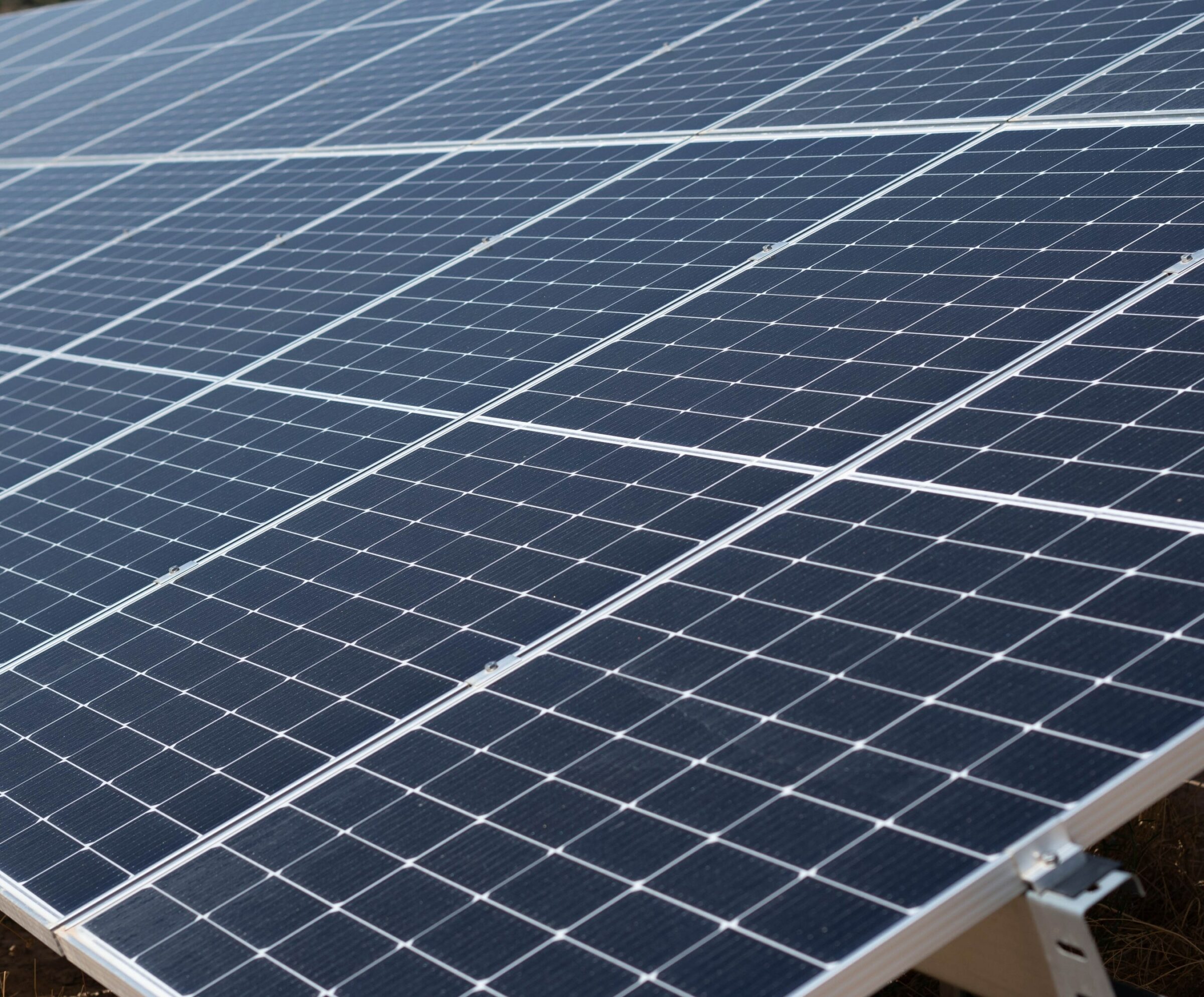A May 2023 report from CBRE’s data center team focused on five regional data center markets working to advance renewable-generated power availability and solve transmission and distribution issues. Here is an adaptation of that report, followed by a Q&A with Gordon Dolven, director of data center research at CBRE.
Plans to transition U.S. data centers to renewable energy power sources are impeded by current utility transmission infrastructure. The main problems are outdated power lines, delays in planning and permitting for new transmission and distribution projects and supply chain bottlenecks. Upgrading existing transmission lines can take as long as three years, according to the Lawrence Berkeley National Laboratory, due to time-consuming regulatory hurdles, resulting in multi-million-dollar costs.
Upgrading power transmission infrastructure to accommodate renewable energy sources is a top priority for utility companies. Recently adopted federal legislation provides $2.5 billion in public funding for this effort. Additionally, the Federal Energy Regulatory Commission (FERC) plans to study and address these ongoing issues. Utility companies are cooperating with regulators, city officials, operators and developers throughout the U.S. to improve connectivity.
This report highlights select regional data center markets that are working to advance renewable energy power availability and solve transmission and distribution issues. These markets all depend on local renewable energy sources and are at the forefront of a transition necessary for the data center industry to grow on a sustainable basis.
Northern Virginia
Northern Virginia, the nation’s largest data center market, has historically had low-cost, diverse energy sources. Nuclear power, natural gas and coal collectively represent over 90% of the region’s energy mix.
Regional data center operators and utility providers have been exploring solutions to power transmission and distribution challenges, including upgrading the power grid and increasing renewable energy sources. Dominion Energy, the area’s utilities provider, will support key customers’ sustainability goals and renewable energy objectives outlined in the Virginia Clean Economy Act. This act mandates that Dominion Energy produce 100% renewable electricity by 2045.
To help meet this goal, Dominion Energy’s Integrated Resource Plan includes over 5,000 MW of offshore wind, over 14,000 MW of solar and 2,700 MW of storage available by 2037. It will spend $7 billion in “Electric Grid Transformation” expenses for transmission, grid transformation and strategic undergrounding to ease transmission and distribution bottlenecks. A total of $22 billion is earmarked for offshore wind, solar, nuclear reactor life extensions and energy storage.
Northern Virginia Fuel Mix

Source: Dominion Power
Northern Virginia Historical Vacancy Rates

Source: CBRE Research, CBRE Data Center Solutions, H2 2022.
Dallas/Fort Worth
Dallas/Fort Worth remains a top location for data center development, recently surpassing Silicon Valley as the nation’s second-largest data center market. Plentiful power supply is a key contributing factor. A total of 299.4 MW is currently under construction as of H2 2022, a 25% year-over-year increase.
The region is traditionally known for its oil and gas production, but recent wind and solar development have meaningfully diversified the energy supply mix. Texas now produces about 26% of all U.S. wind-powered electricity. Oncor, Dallas/Fort Worth’s main utility provider, has connected over 2,000 MW of renewable power to ERCOT, the State of Texas’s independent energy grid.
Upgrading power lines is essential for new data centers because of their large power demands, and regional regulations are addressing this need. Texas Senate Bill 1281, passed in 2021, grants new transmission line projects under three miles the right to proceed without the previously required certificate of convenience and necessity (CCN). The prior exception maximum was one mile.
Additionally, ERCOT offers the State of Texas advantages for improving power transmission and distribution. ERCOT’s repairs, upgrades and other work can be executed much more quickly because there is no formal bidding process available to outside companies. Oncor is offered right of first refusal on projects involving its power lines, such as transmission upgrades or rebuilding.
Dallas/Ft. Worth Fuel Mix

Source: EIA
Dallas/Ft. Worth Historical Vacancy Rates

Source: CBRE Research, CBRE Data Center Solutions, H2 2022.
Silicon Valley
Silicon Valley was the U.S.’s second-largest data center market prior to H2 2022 but is now the third largest. The presence of major technology companies including Google, Facebook and Apple significantly contributed to the market’s growth, particularly in Santa Clara, where most of the region’s data centers are now located.
This region has experienced power generation issues due to incredibly high demand for commercial, residential and data center digital infrastructure. On the transmission side, many substation sites will not be energized until 2028-2029 and their timing for coming online may be delayed due to the grid capacity being maxed out in Santa Clara.
Silicon Valley Power (SVP), Santa Clara’s municipal utility provider, is making improved power generation a top priority to address these challenges. SVP has committed to eventually procure new energy only from renewable and/or greenhouse-gas-free sources: 50% renewable energy by 2026, 60% renewable energy by 2030 and greenhouse gas-free supply by 2045. An early adopter of wind power, SVP began investing in wind farms in the early 1980s. Today, SVP generates hydroelectric and solar power across California and Washington.
Despite delays in bringing on new substations, Silicon Valley remains an attractive data center market. Vacancy hit a historic low of 1.3% in H1 2022, rising to 2.3% in H2 2022. Under-construction activity reached an all-time high of 141.6MW in H2 2022, up from 100.6MW in H1 2022.
Silicon Valley Fuel Mix

Source: Silicon Valley Power
Silicon Valley Historical Vacancy Rates

Source: CBRE Research, CBRE Data Center Solutions, H2 2022.
Central Washington
This region is particularly advantaged due to its hydroelectric power supply, which accounts for 55% of its electricity generation. The large hydro contribution results in one of the U.S.’s cheapest power rates ($0.028 to $0.035 per kW) and has attracted developers and hyperscalers.
However, this surge in activity has caused the regional power supply in Grant County to approach capacity. Plans for 230-kV infrastructure upgrades and a new 230-kV transmission line are underway to increase system reliability and provide incremental capacity to data centers in Grant County. The upgrades are expected to be completed by H2 2028.
Grant PUD, the local utility provider in Quincy, WA, is evaluating additional and new forms of carbon-free generation. This includes:
- Nuclear energy via small, modular reactors
- New hydrogen and solar power plants
- Additional wind power plants
Central Washington Fuel Mix

Source: Washington State Department of Commerce
Central Washington Historical Vacancy Rates

Source: CBRE Research, CBRE Data Center Solutions, H2 2022.
Question & Insight: Gordon Dolven, Director of Data Center Research, CBRE

Gordon Dolven, Director of Data Center Research, CBRE
Can you share an example from recent experience where progress on T&D investment has directly led to a positive location decision on a data center project … particularly one involving renewable power access?
Gordon Dolven: Located next to the Columbia River, the Chelan Public Utility District is working with a major technology company to build new transmission lines and a substation to provide them with power. Hydropower is a huge fuel source for communities in Central Washington. CREZs (competitive renewable energy zones) in Texas (ERCOT Grid) have harnessed wind renewable energy projects in West Texas to distribute power to data center hubs: Dallas/Ft. Worth and Austin. Texas now has a diversified portfolio of generation resources and one of the lowest electricity prices in the U.S. A Q1 2023 report shows 257 miles of T&D activity for Sempra-Oncor.
Your brief highlights four markets, but I imagine you’re documenting a whole lot more. How are you gathering data, and what are the specific aspects your data center clientele are hungriest to know?
Gordon Dolven: We track wholesale colocation data across 18 markets in the United States and Canada. These markets are further categorized into seven primary markets and 11 secondary markets. We do not track self-performing hyperscalers/cloud service providers. Our local CBRE brokers in each market utilize their relationships with the operators to gather data. What is currently top-of-mind for our clientele is focused on power. They are eager to gain insights into the location of power sources, capacity of power available, cost of the power, and the fuel mix of the power.
Everyone touts expedited permitting, but some execute it better than others. Who is doing the best, and how are they doing it?
Gordon Dolven: We’ve observed that power availability/supply/utility is most often the majority of the reason for delays, not the permitting/physical construction portion of the development. I am unable to comment on which municipalities across the U.S. are executing better than other in terms of timelines.
A new report from NAIOP presenting its annual Development Approvals Index may shed some light on that topic. (Watch for deeper analysis of the index in next week’s Site Selection Snapshot.)
CBRE Data Center Data Highlight Top Territories
When it comes to data center proliferation, the numbers are way larger than zeroes and ones. Here are the top countries, U.S. states and metro areas hosting some of the nearly 320 major data center projects recorded in the Conway Projects Database between January 2022 and early July 2023.
Top 10 Countries |
|
| Country | Projects |
| United States | 141 |
| India | 27 |
| Canada | 12 |
| United Kingdom | 9 |
| Spain | 8 |
| France | 7 |
| Australia | 7 |
| South Africa | 6 |
| Brazil | 6 |
| Germany | 6 |
| South Africa | 6 |
Top 10 States or Provinces |
|
|
State |
Projects |
| Texas | 29 |
| Virginia | 12 |
| California | 10 |
| Maharashtra, India | 10 |
| Ohio | 9 |
| Georgia | 7 |
| Iowa | 7 |
| North Carolina | 6 |
| Illinois | 6 |
| Quebec | 6 |
Top 10 World Metros |
|
| Metro | Projects |
| Metro Dallas-Fort Worth, Texas | 17 |
| Metro Washington, D.C.-Virginia-Maryland | 10 |
| Mumbai, Maharashtra, India | 9 |
| Metro Columbus, Ohio | 7 |
| Silicon Valley, California | 6 |
| Chicagoland | 6 |
| Metro Atlanta, Georgia | 5 |
| Delhi, Uttar Pradesh, India | 5 |
| Metro Des Moines, Iowa | 5 |
| Metro Omaha, Iowa-Nebraska | 5 |
|
Just behind those metros are a host of regions with four data centers apiece over that January 2022 to July 2023 timeframe: |
|
| Dublin, Ireland | |
| Ho Chi Minh City, Vietnam | |
| Santa Clara, California | |
| Metro Phoenix, Arizona | |
| Jakarta, Indonesia | |
| Hickory-Lenoir-Morganton, North Carolina | |
| Frankfurt, Germany | |
| London, UK | |
| Montreal, Quebec | |

